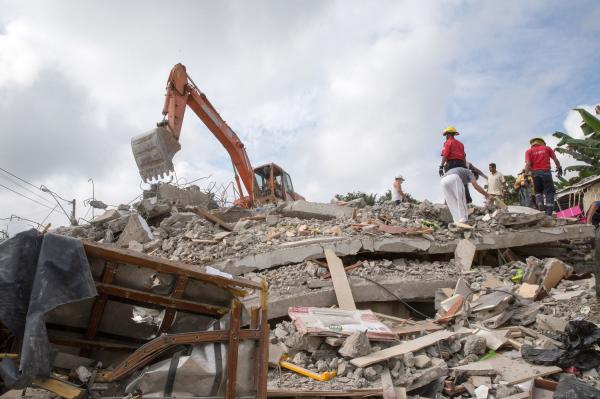
ESMERALDAS, Ecuador, May 19 (UPI) — Two strong earthquakes rattled Ecuador early Wednesday, striking within nine hours of one another, and are considered aftershocks to one of the nation’s most disastrous quakes in history last month.
The first, a 6.7-magnitude earthquake, struck around 3 a.m. local time Wednesday near the nation’s west Pacific coast, about 95 miles northwest of Quito, the U.S. Geological Survey said. Scientists said the Manabí province was also shaken.
Less than nine hours later, a second, more powerful aftershock struck in the same area, about five miles to the southeast of the first.
ABC News reported that the second quake registered a magnitude of 7.2, while the USGS rated it at 6.8.
The aftershocks are officially rated “strong” to “very strong” on the Mercalli intensity scale.

Geologists said Wednesday’s quakes are directly related to the massive quake on April 16, which killed 661 people, injured more than 17,000 and caused substantial infrastructure damage.
“This earthquake is part of the aftershock sequence of the April 16, 2016 magnitude 7.8 event,” the USGS stated. “Since that mainshock, the region has experienced five aftershocks of magnitude 6 or larger.”
Last month’s quake was the largest in Ecuador since the 1979 Tumaco earthquake, which registered a magnitude of 8.2 and caused as many as 600 deaths.
Ecuador and many South American nations are located in a seismically active region, where movement is commonplace. The area of Wednesday’s and last month’s earthquakes have a history of tectonic movement, including an 8.8 magnitude quake in 1906 that was centered about 55 miles northeast of the April 16 event.
“These sort of aftershocks are normal but that doesn’t mean they’re not scary,” Correa said.
“It was a big shake and all of us were scared,” Jorge Zambrano, mayor of the coastal city of Manta, said Wednesday.






